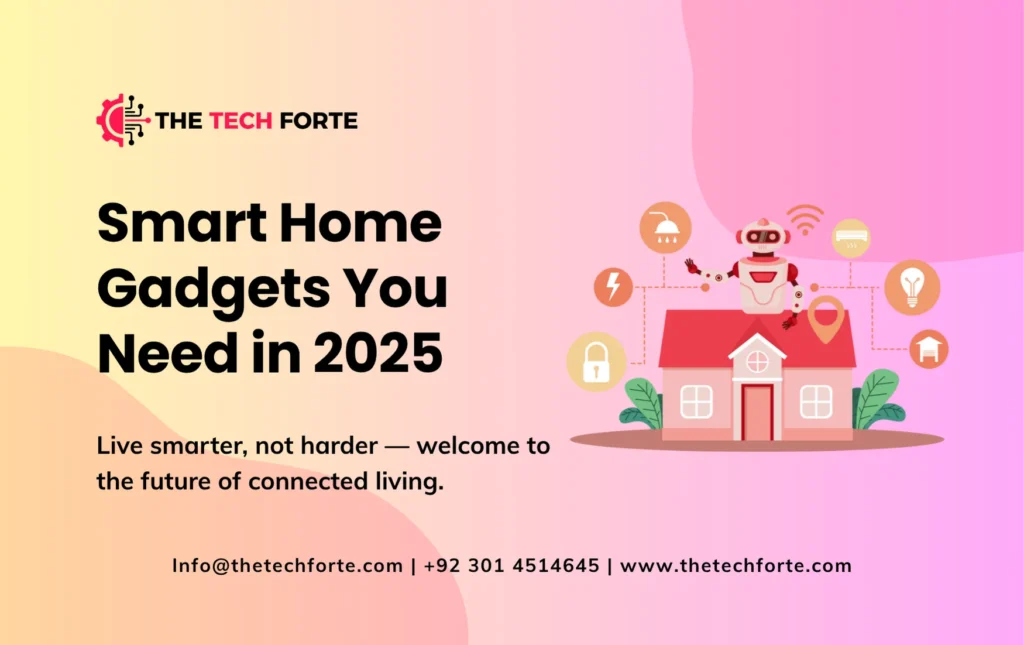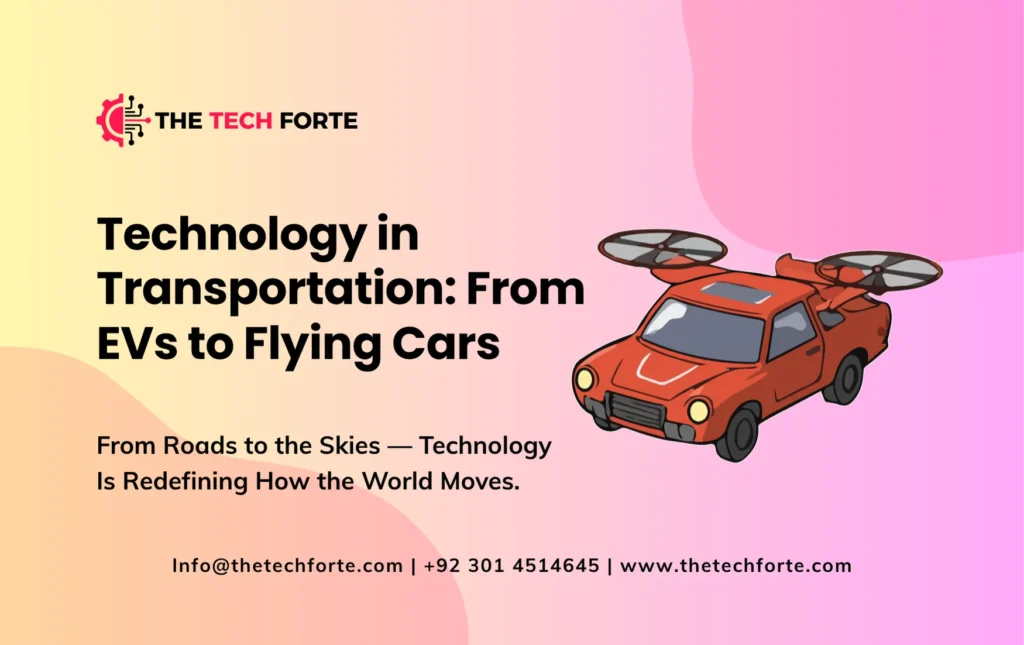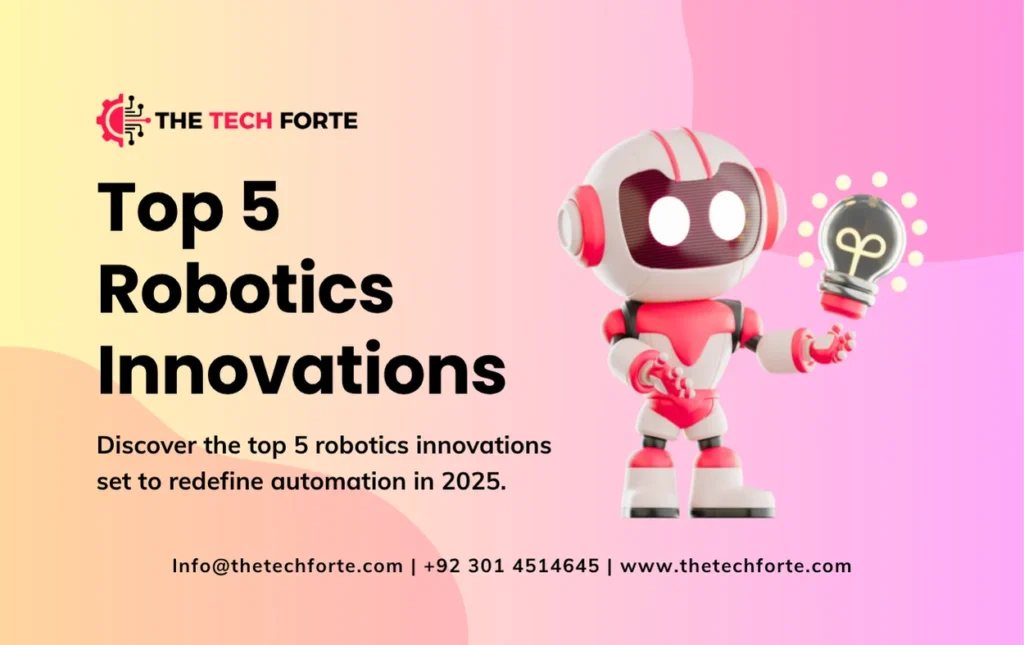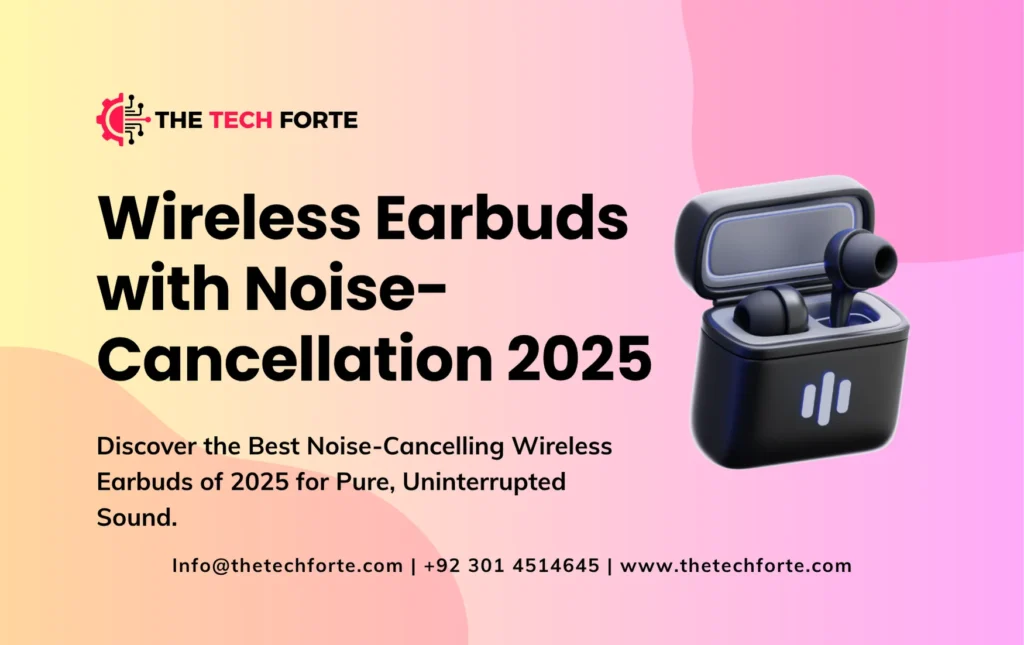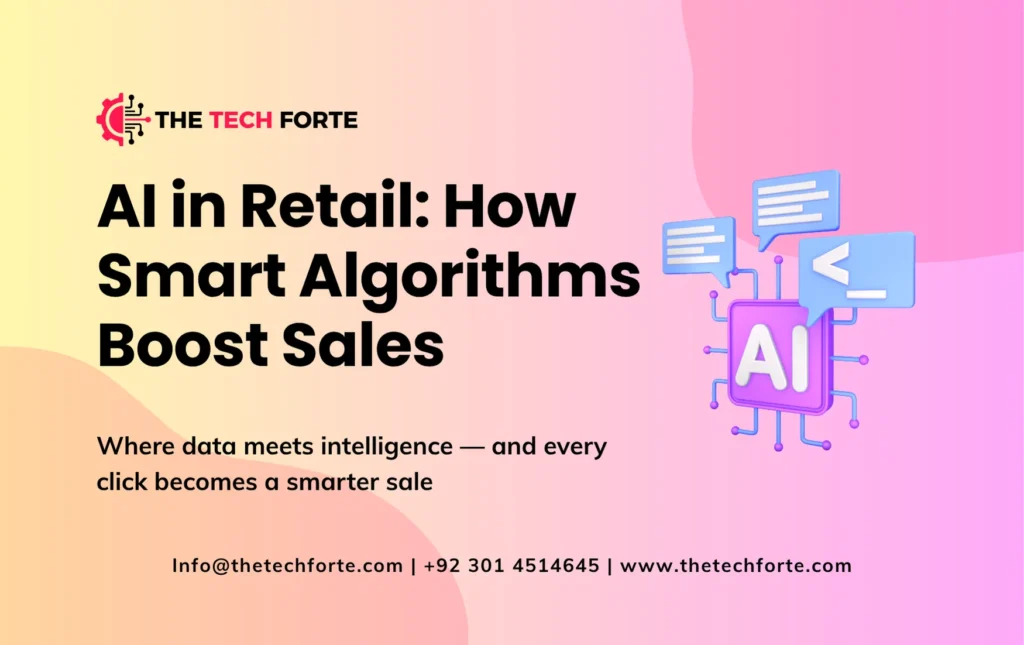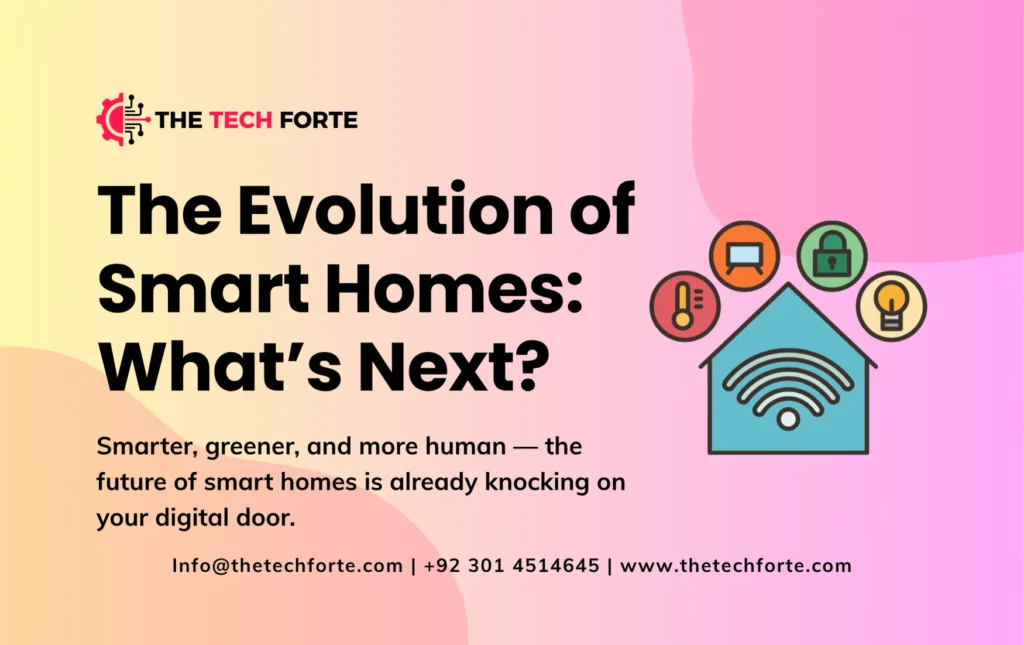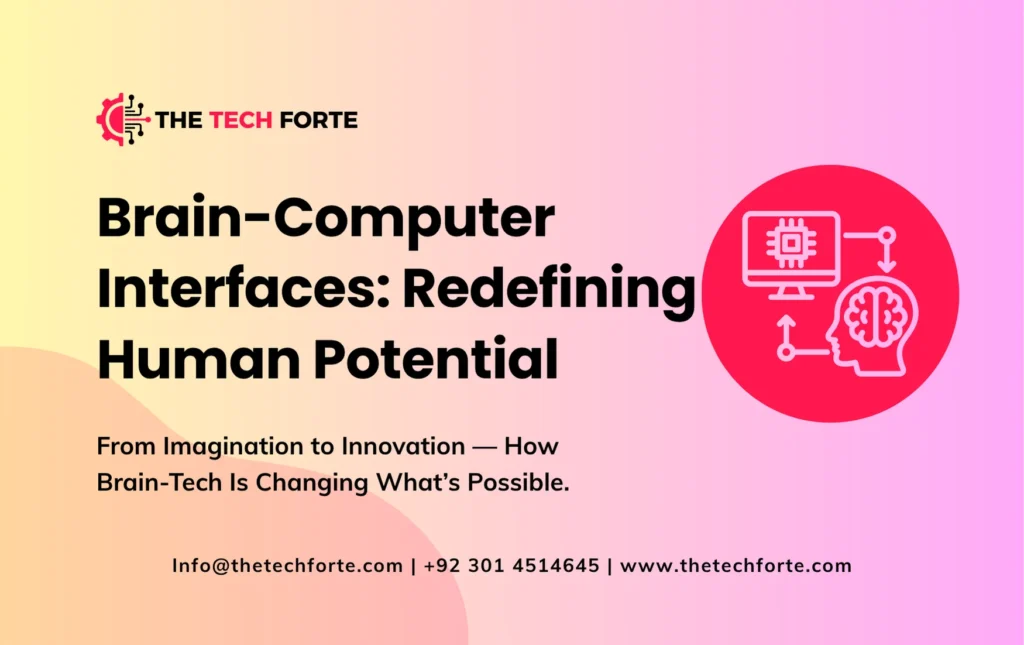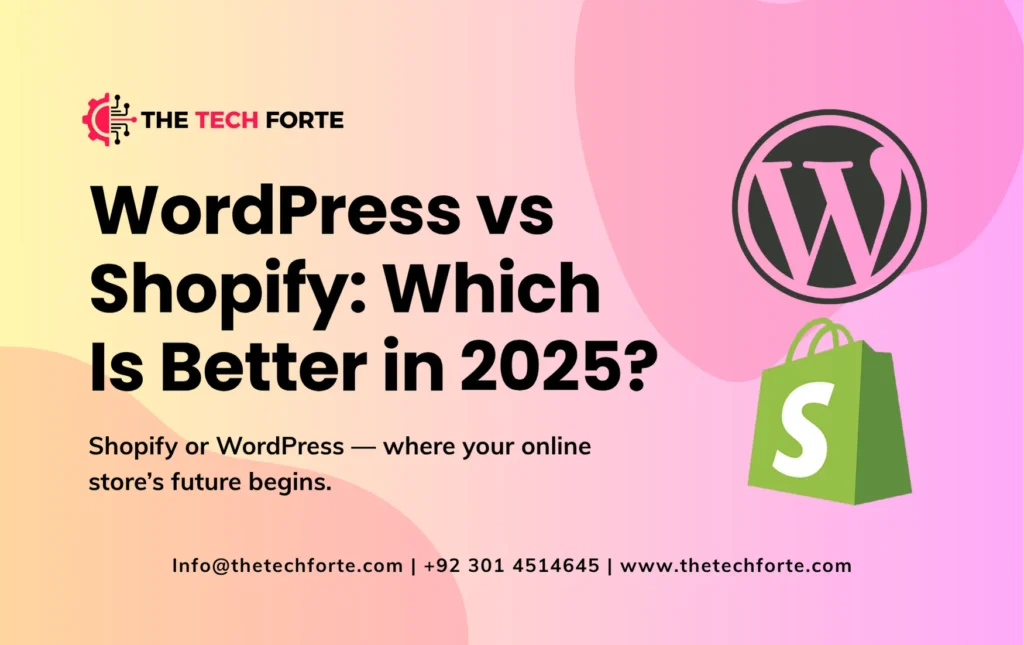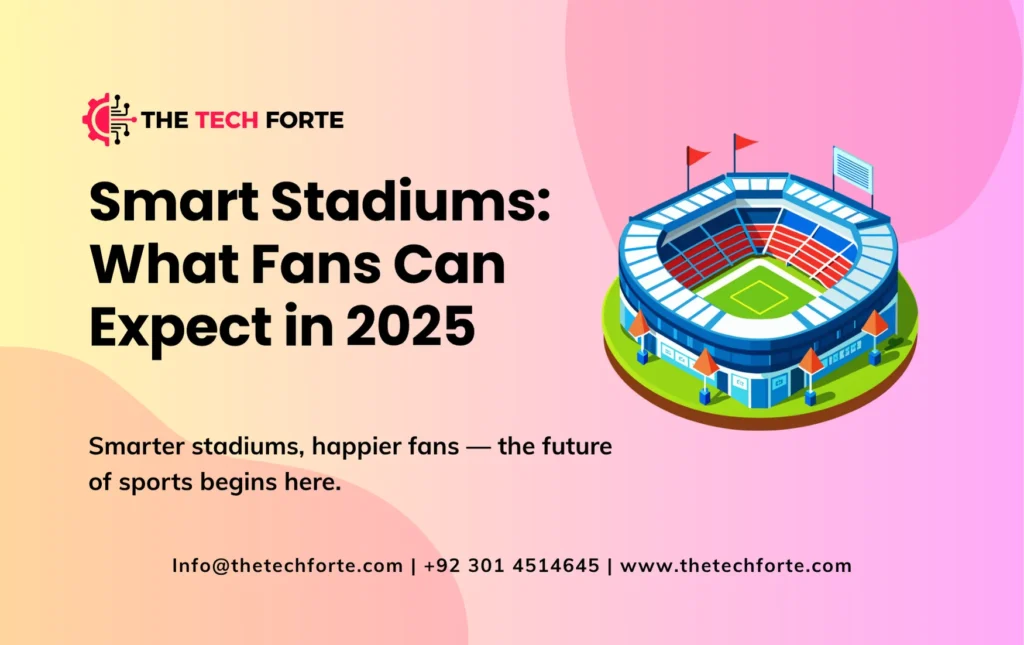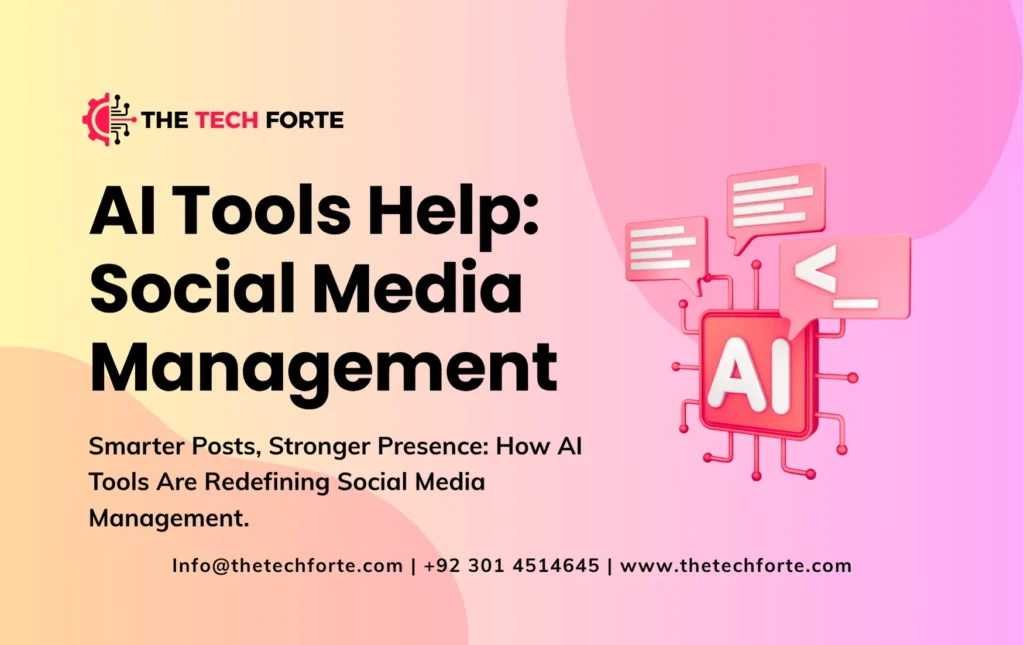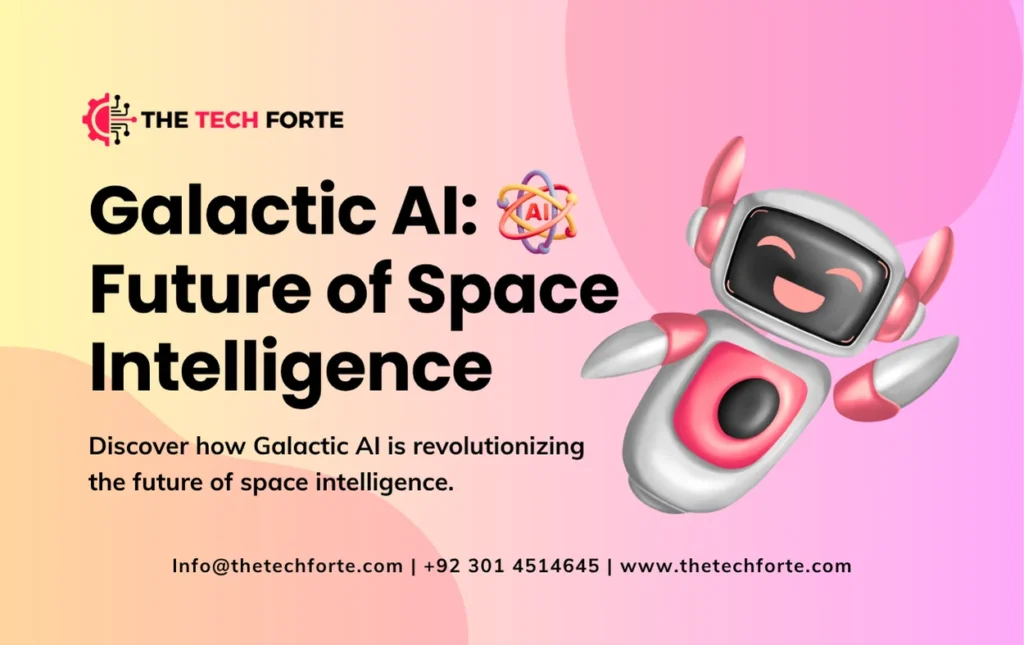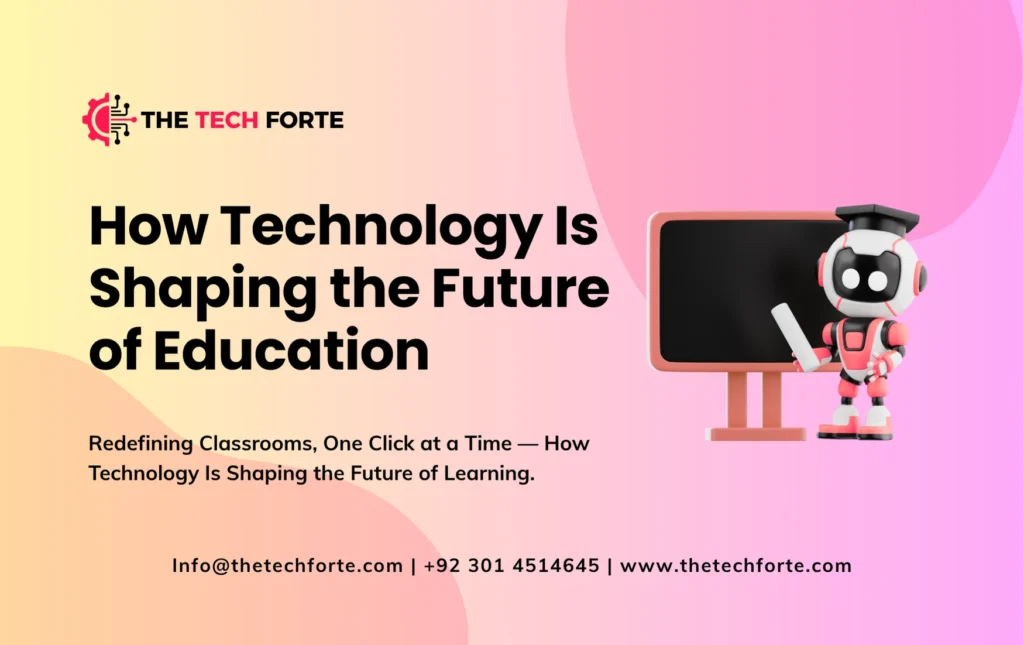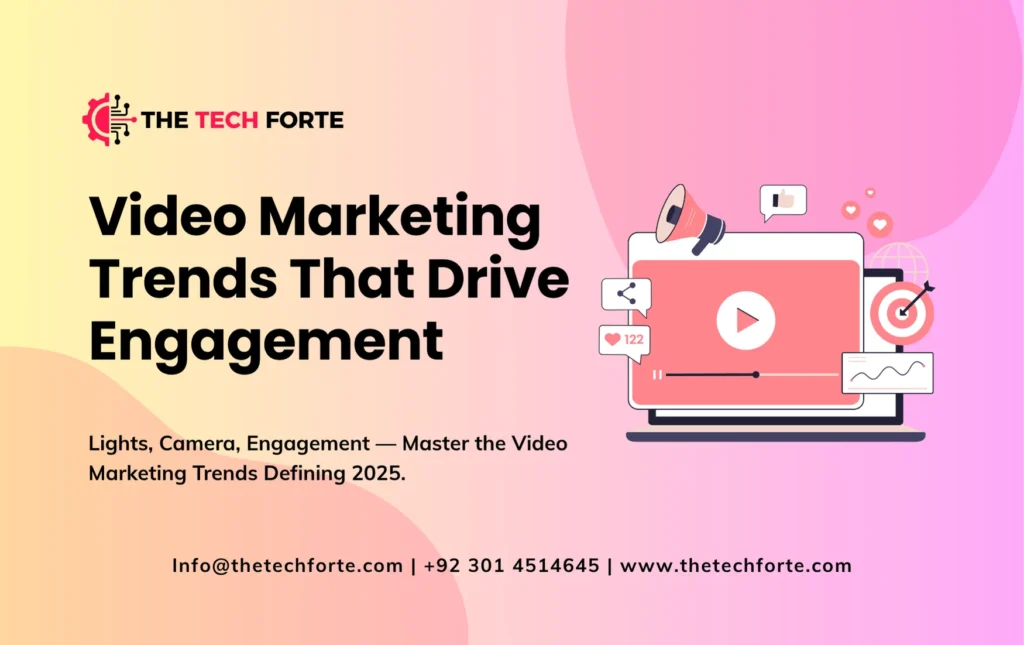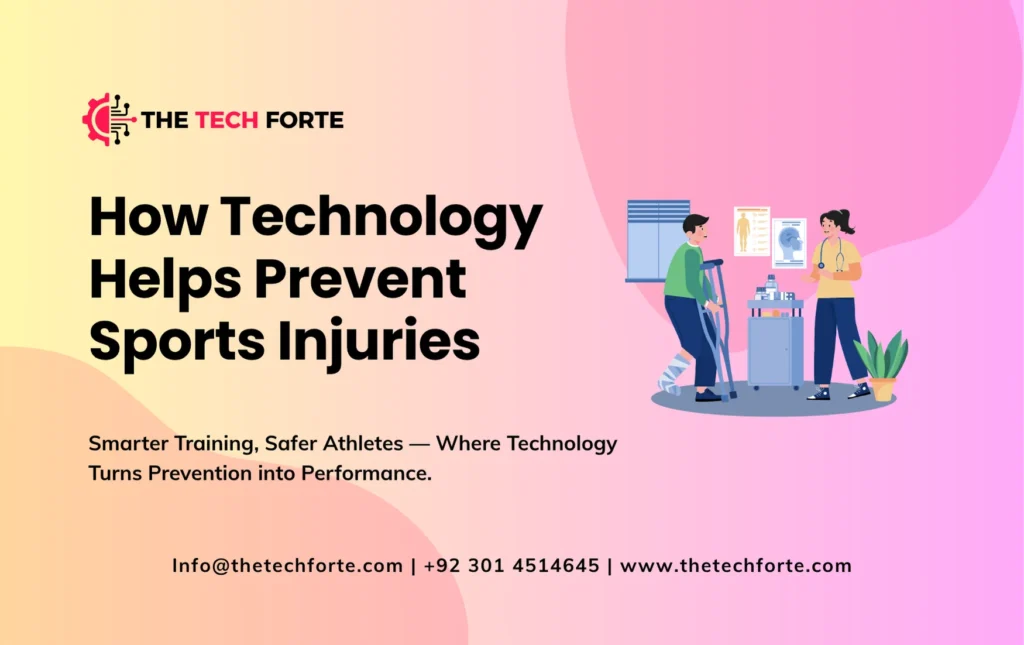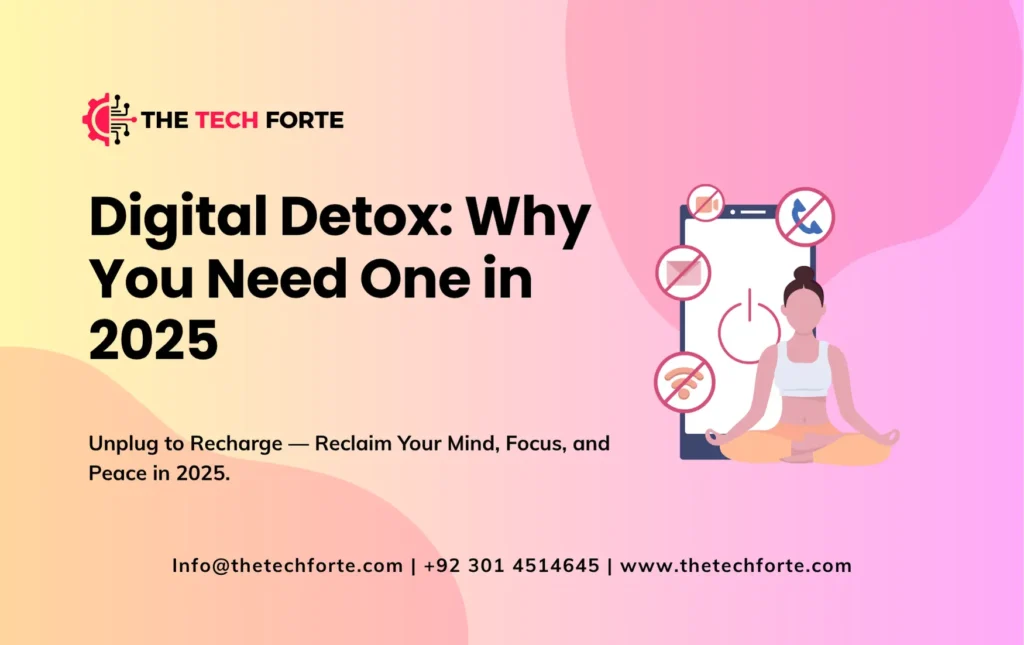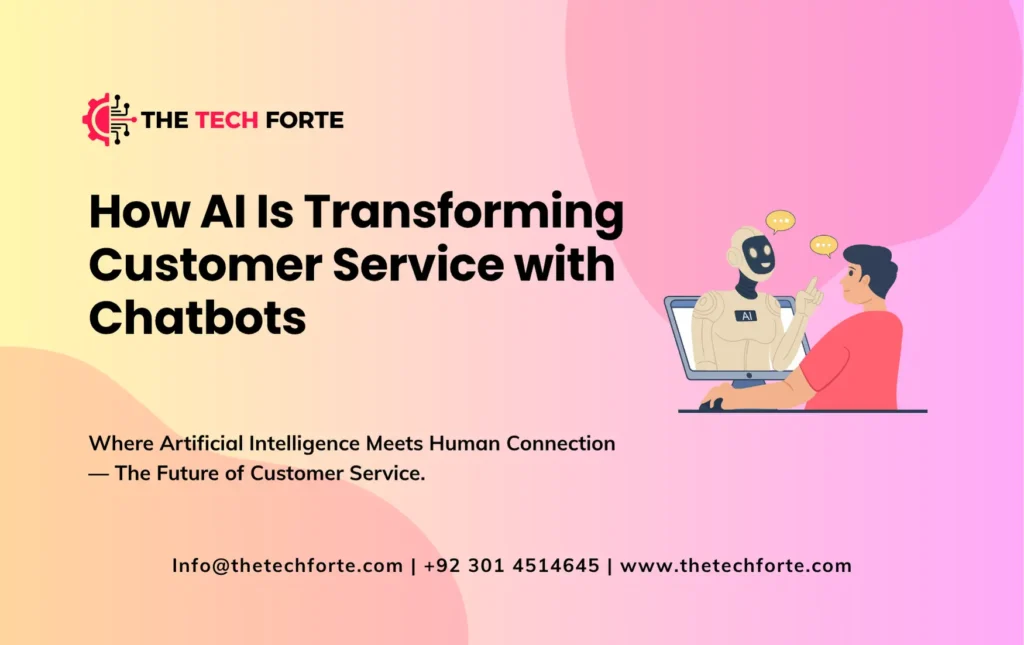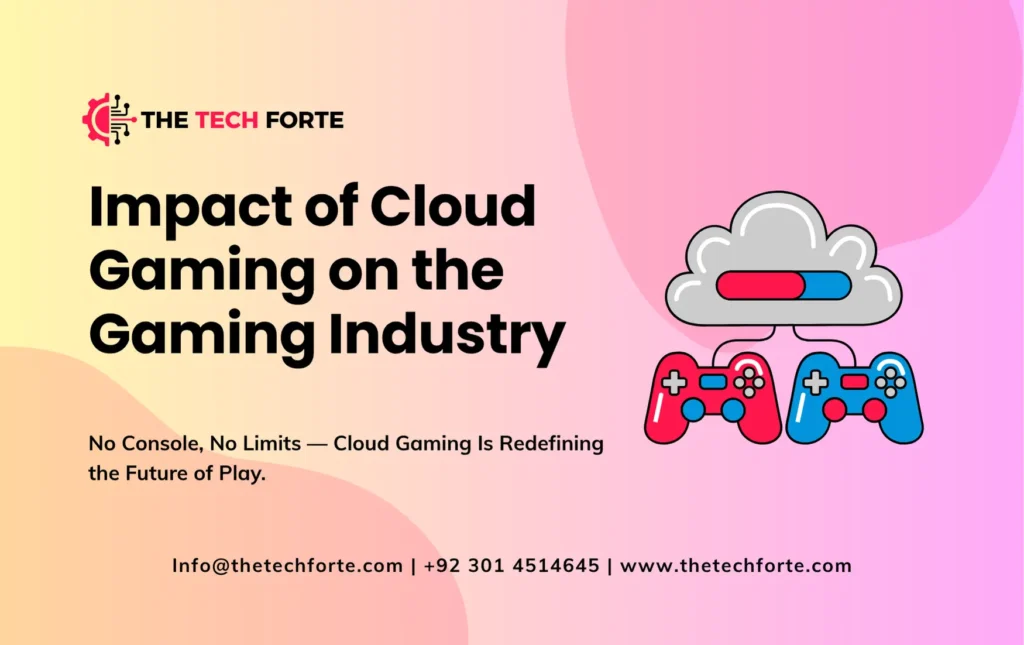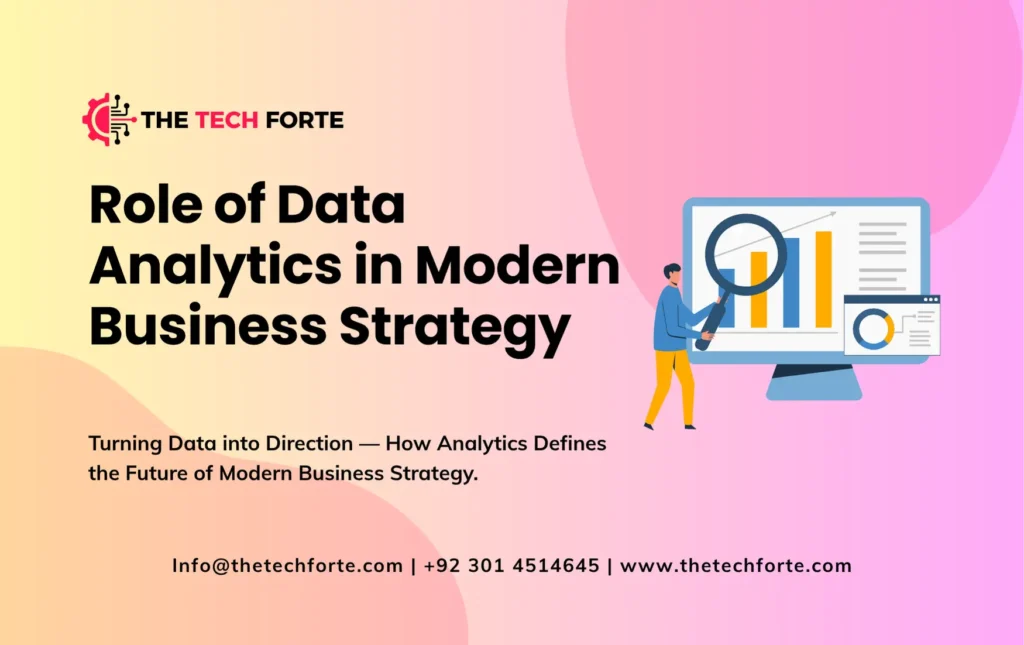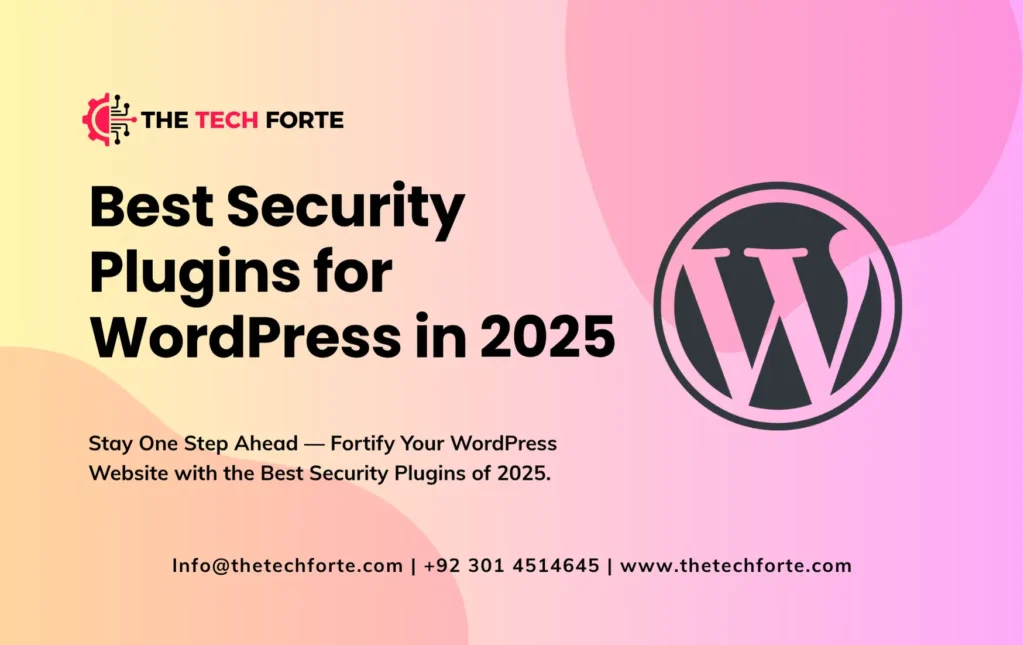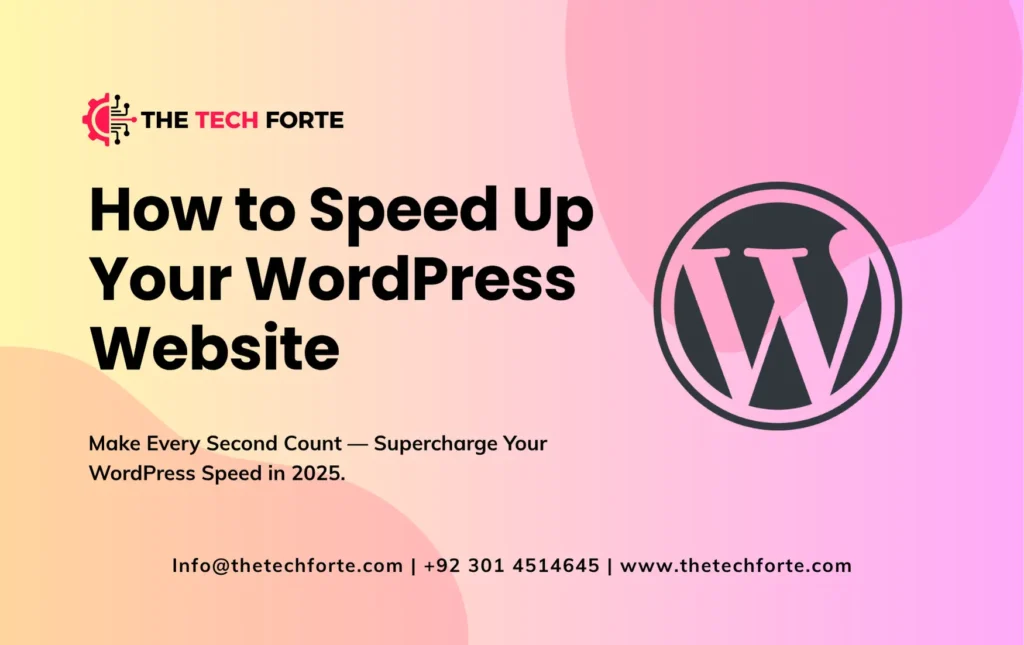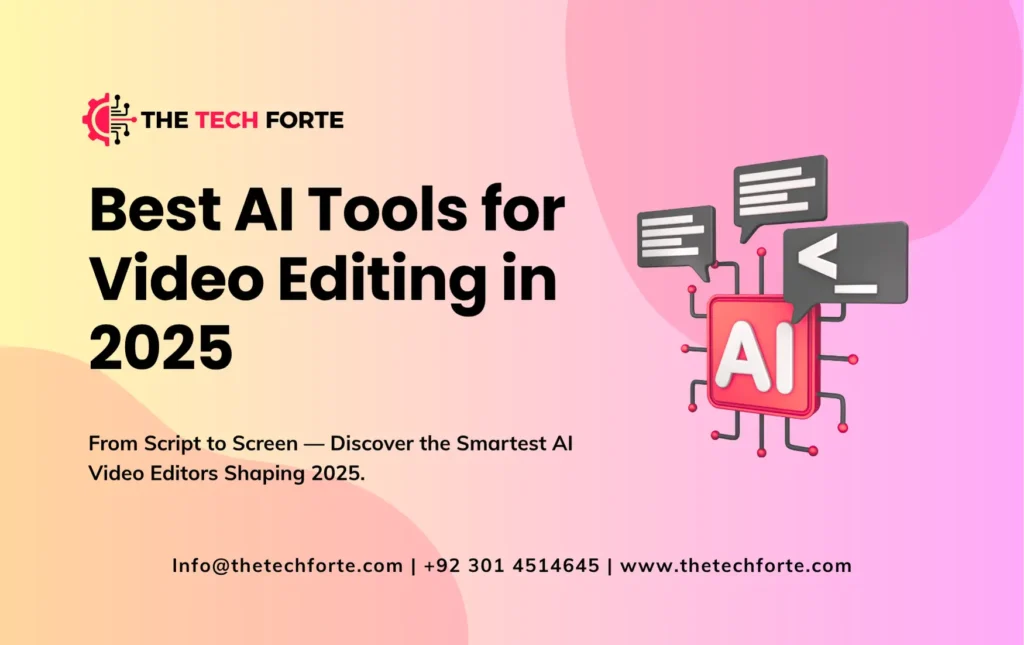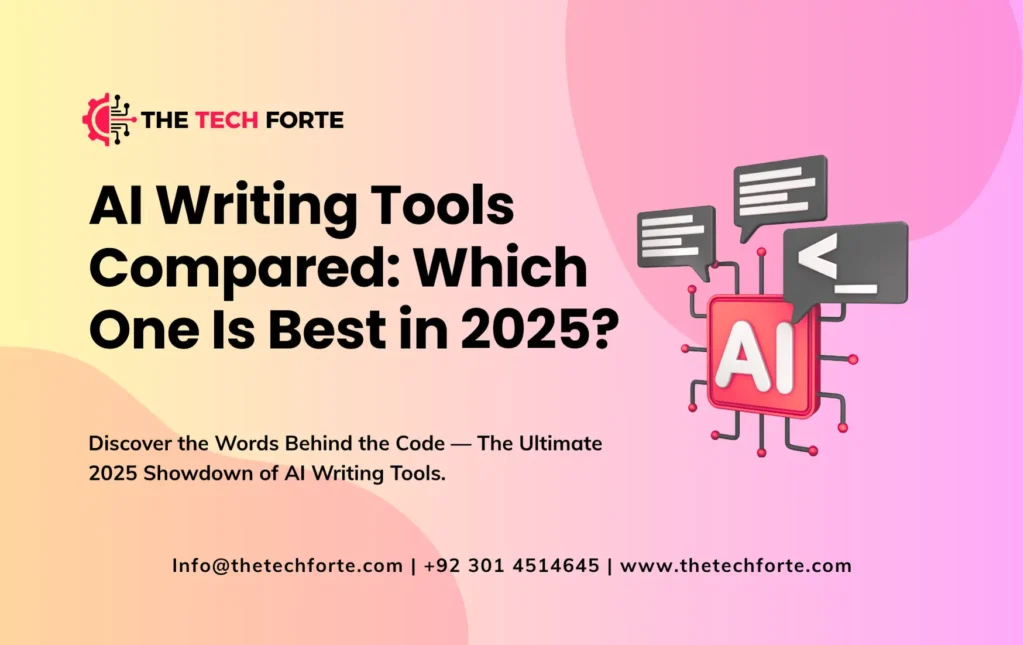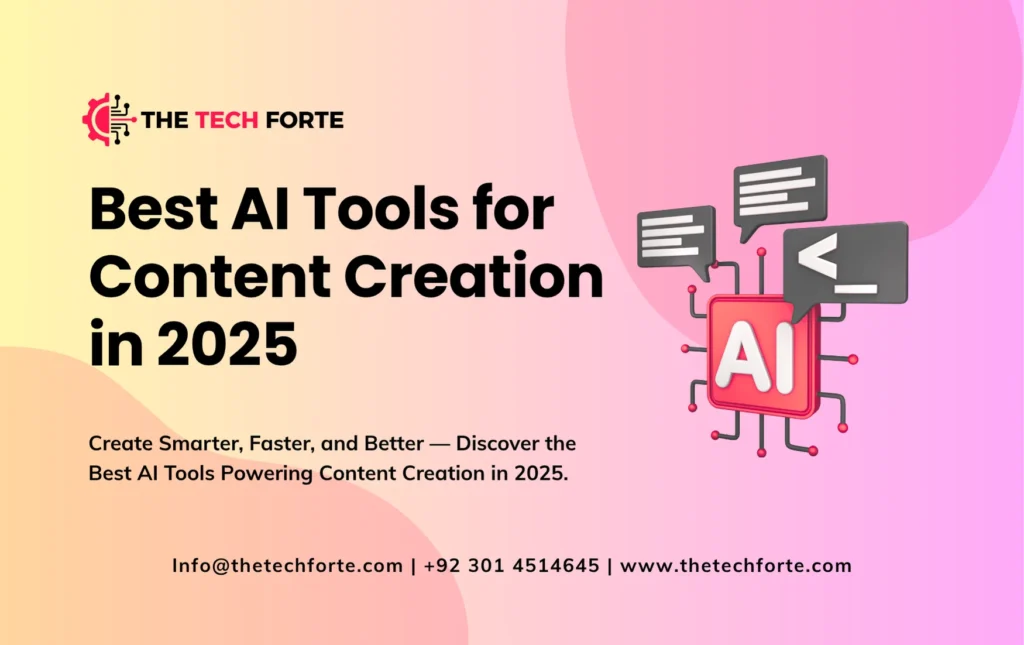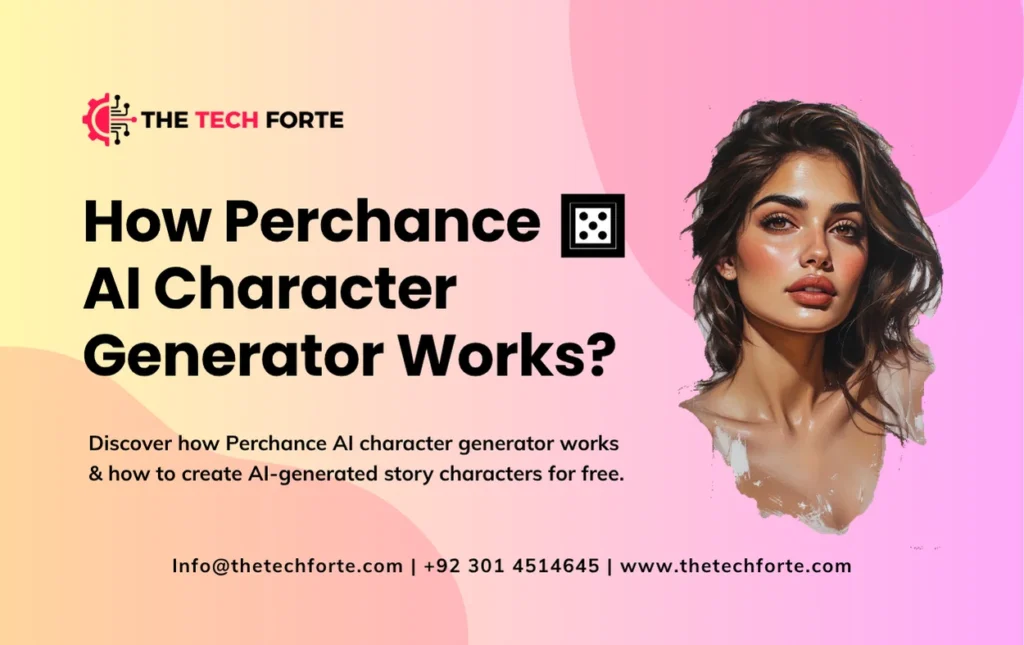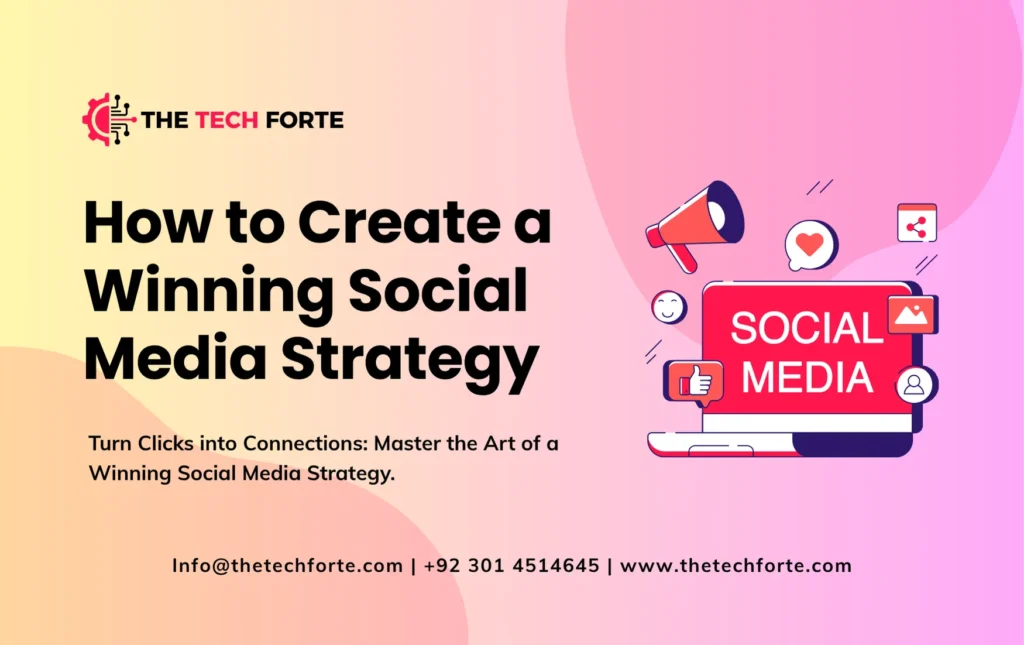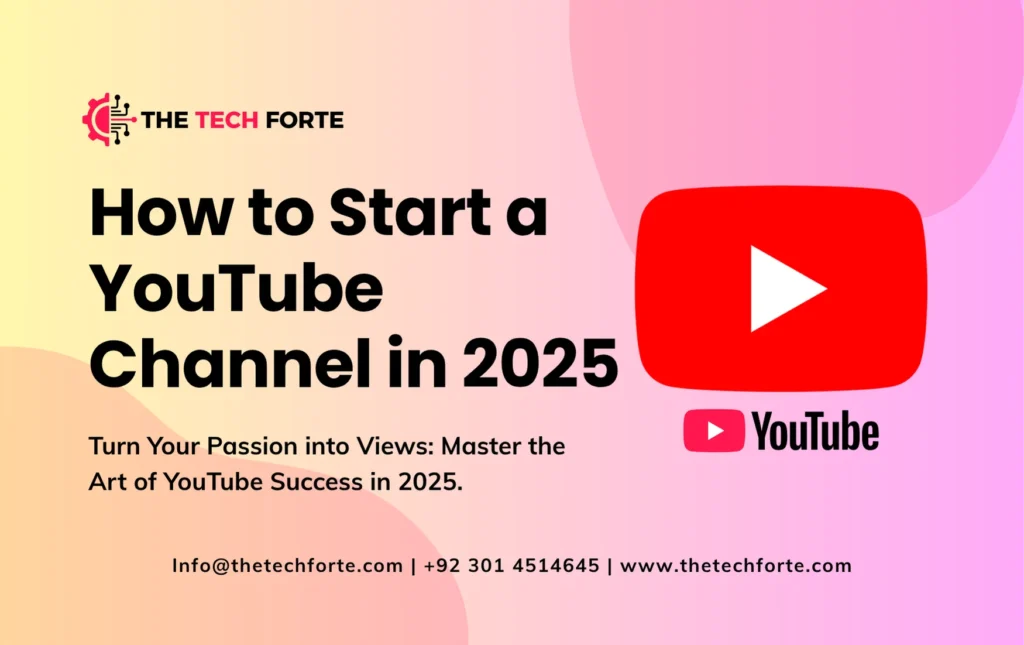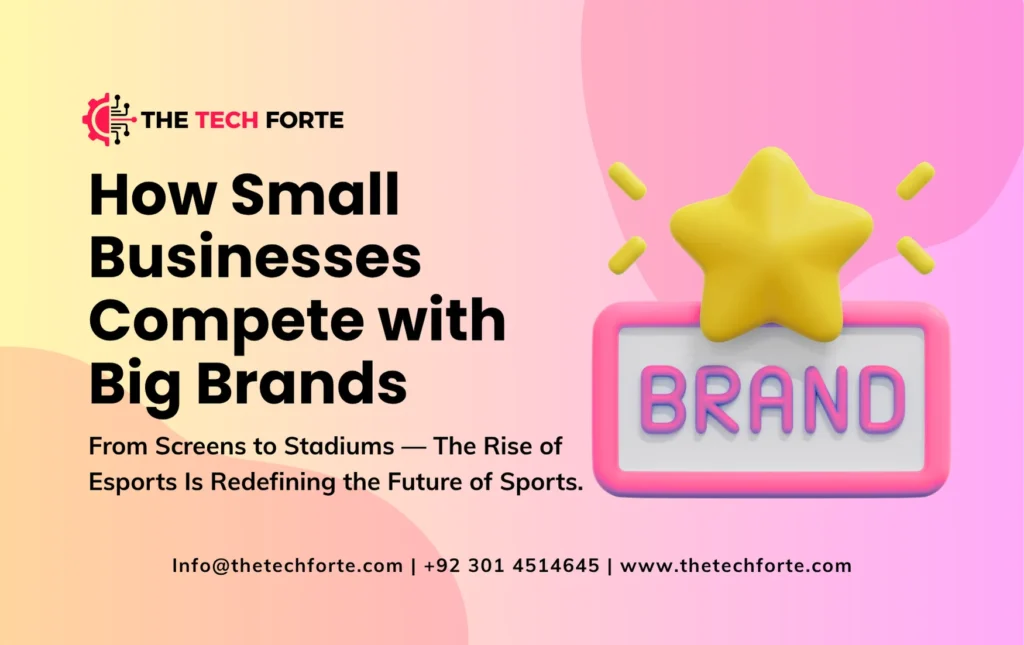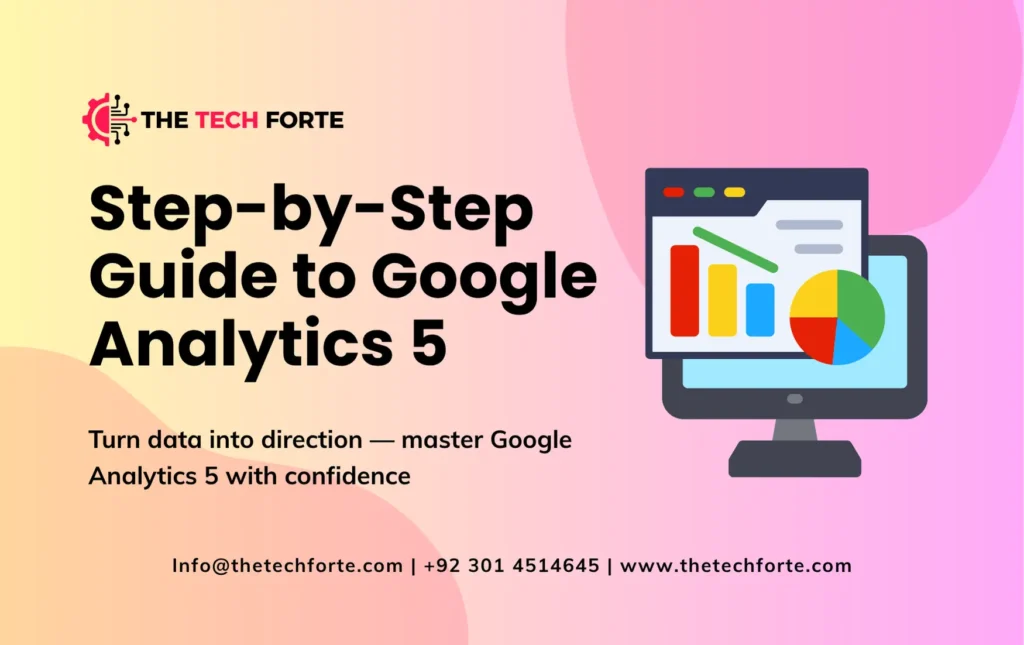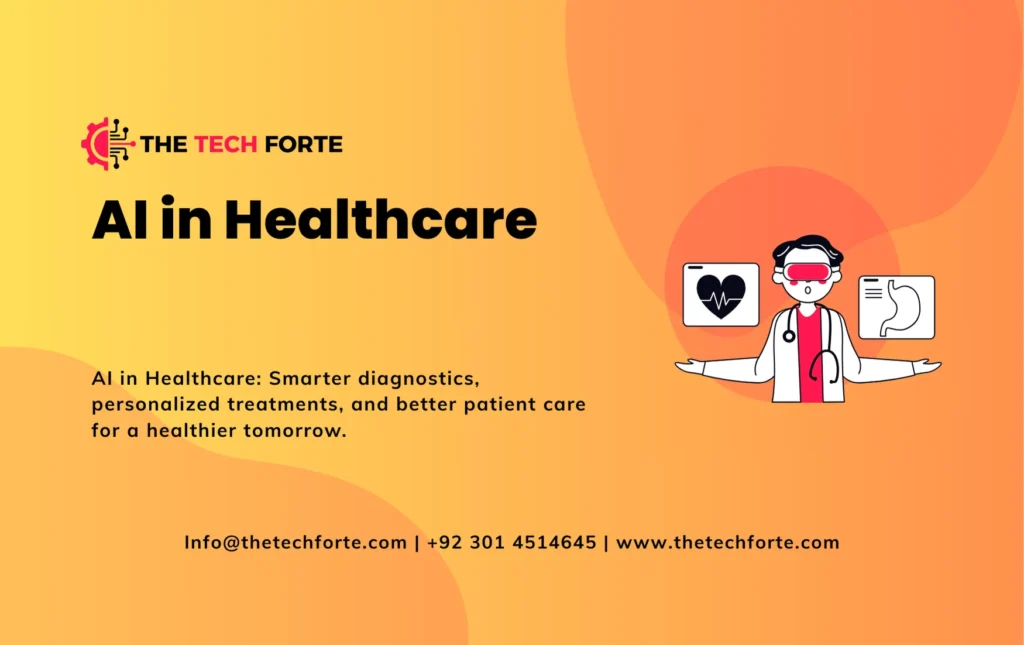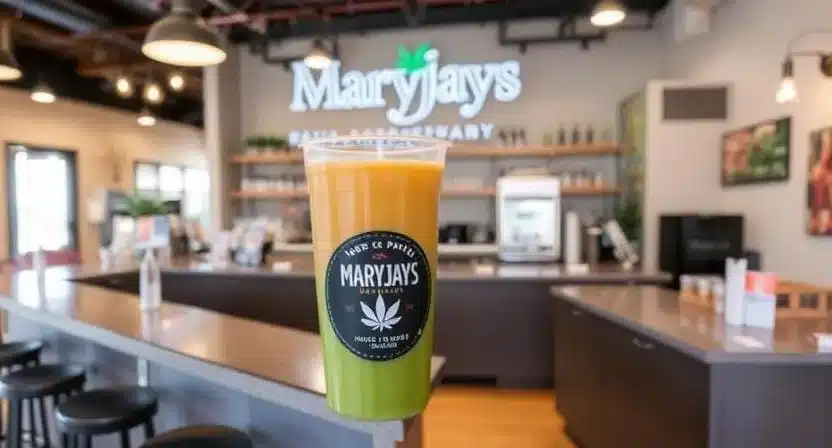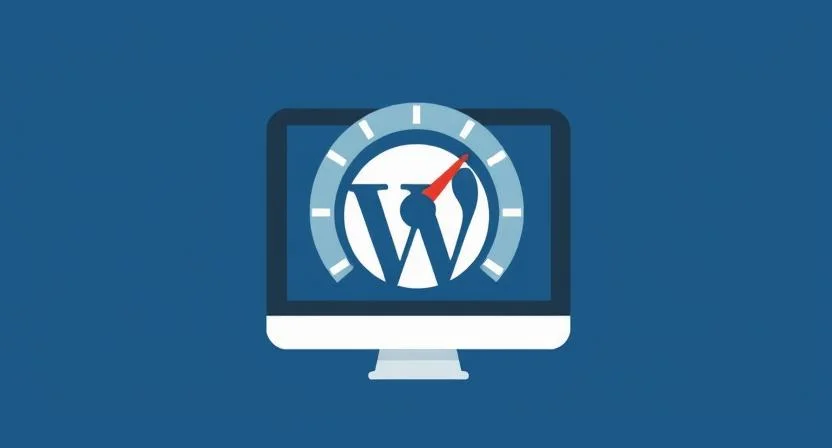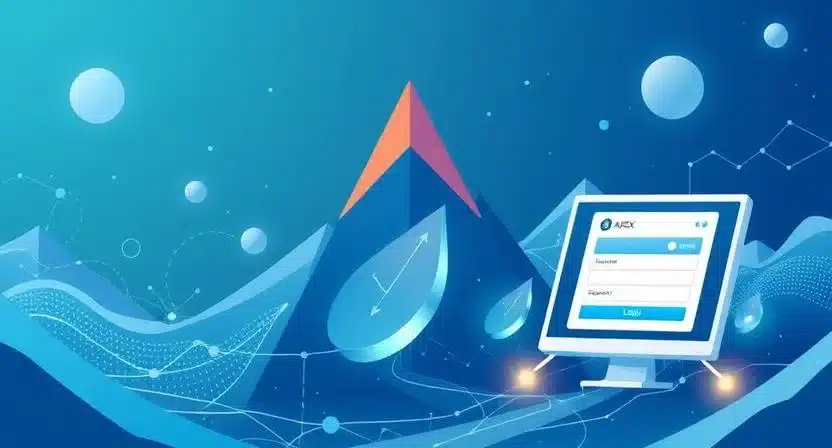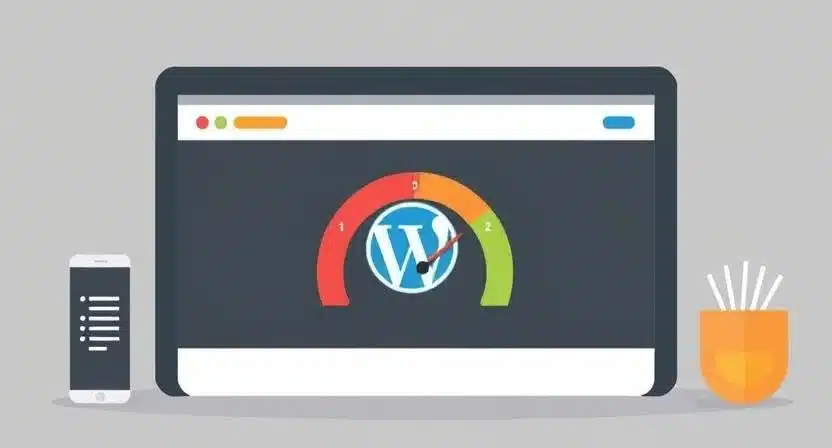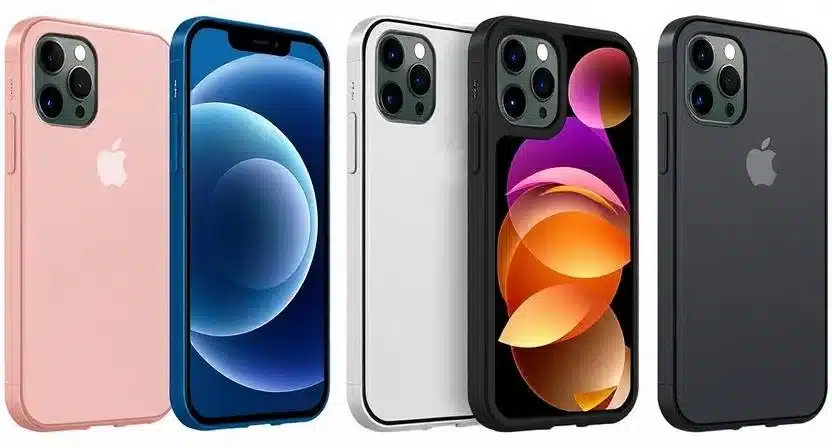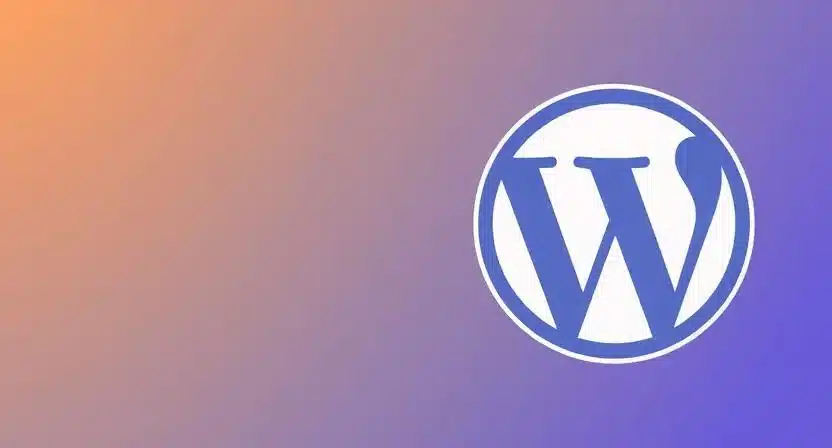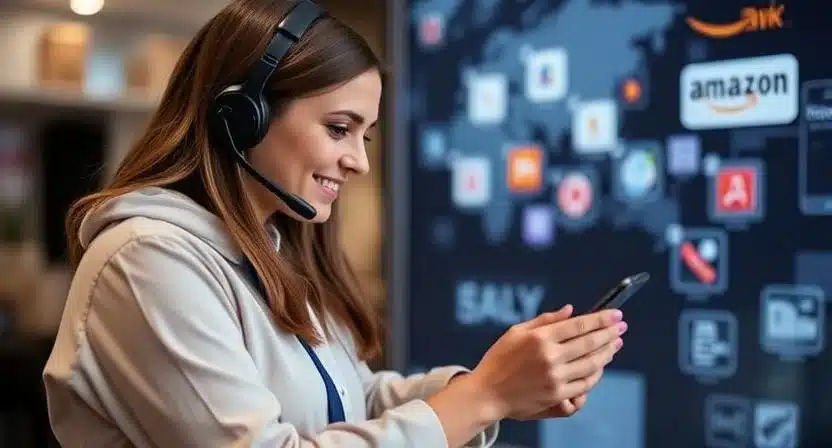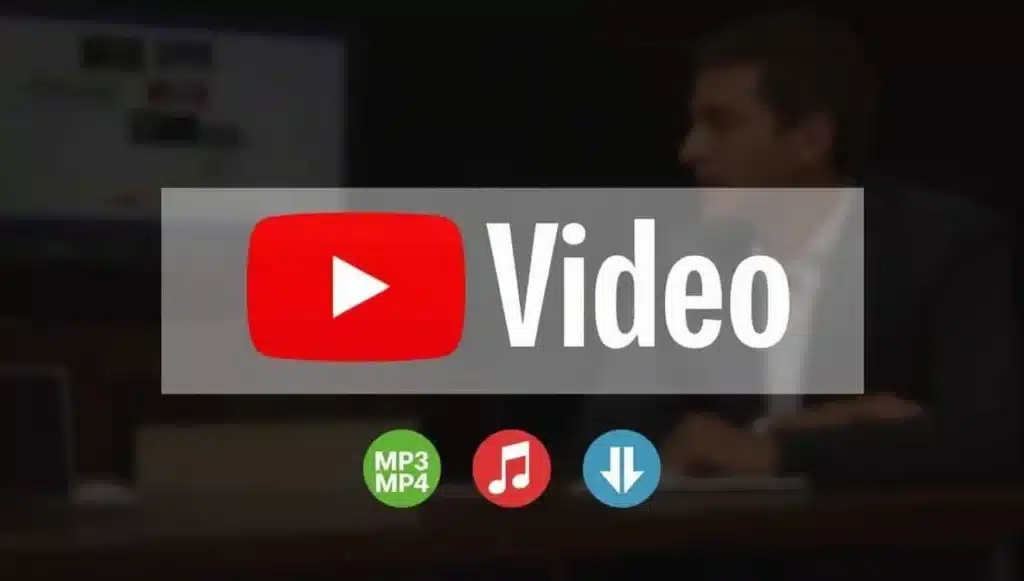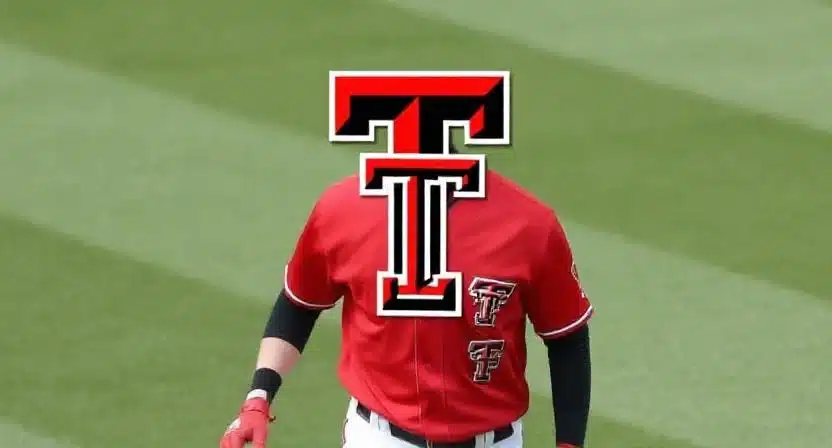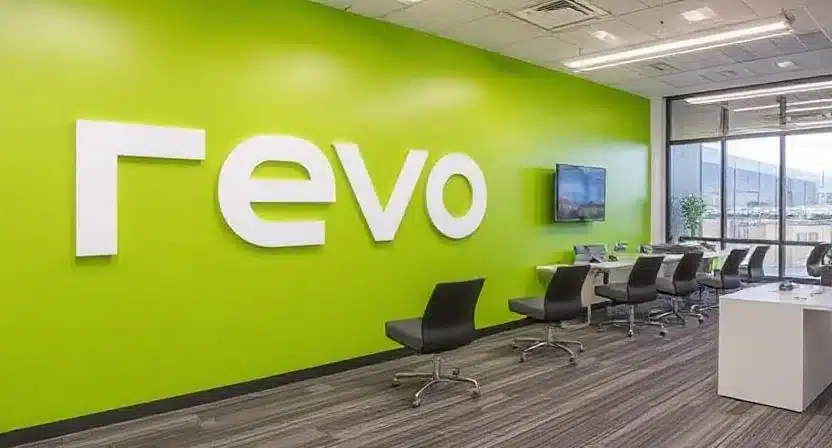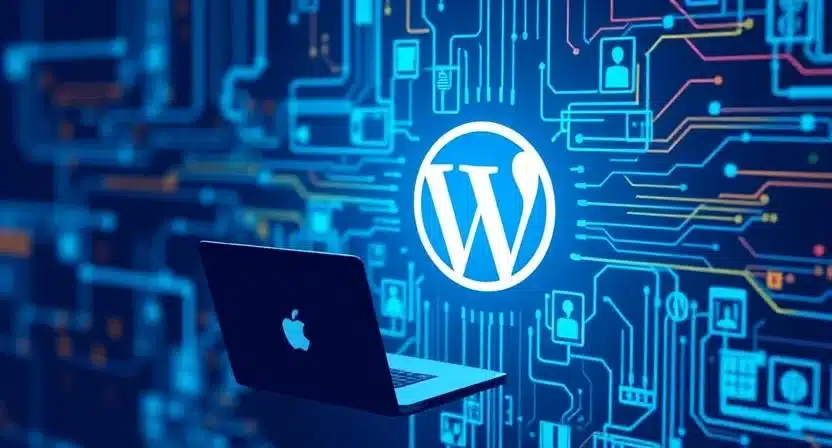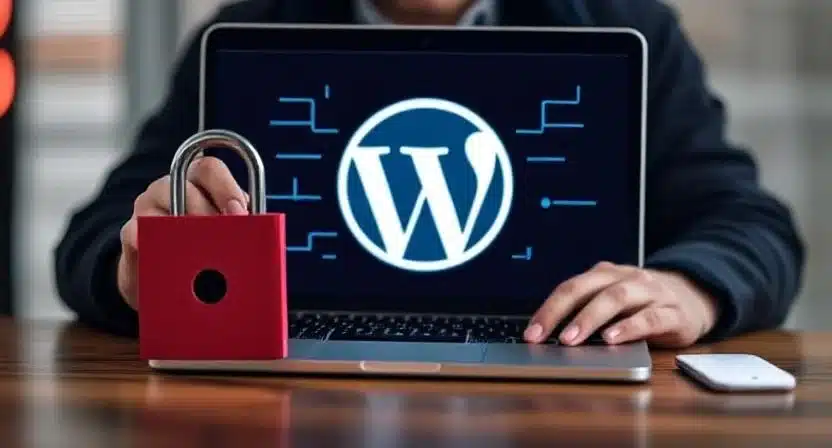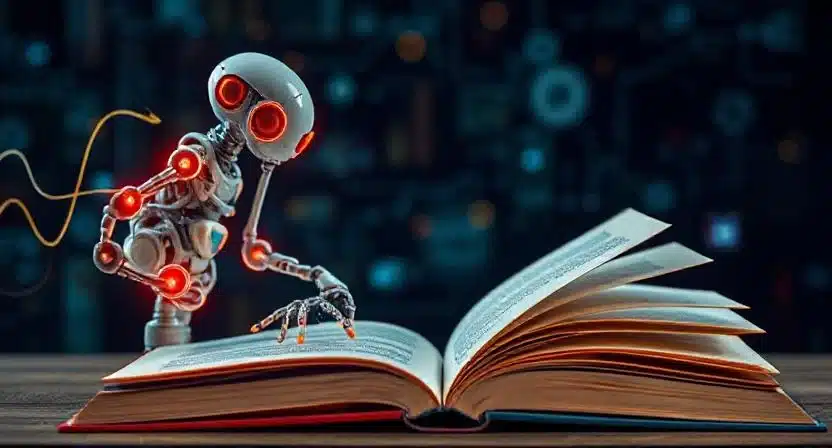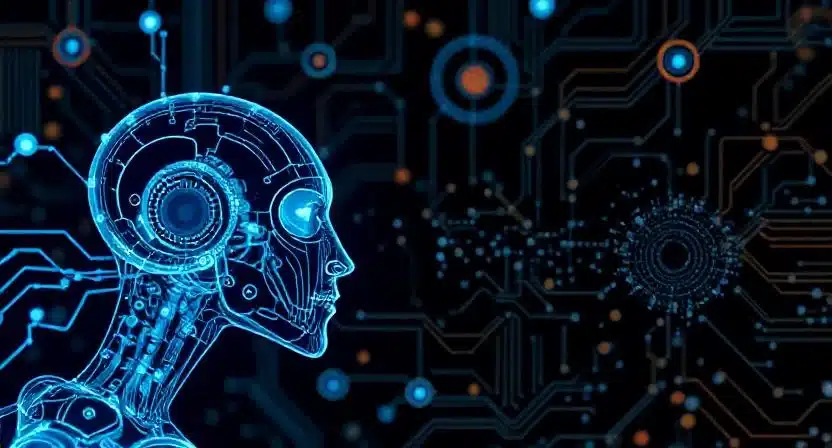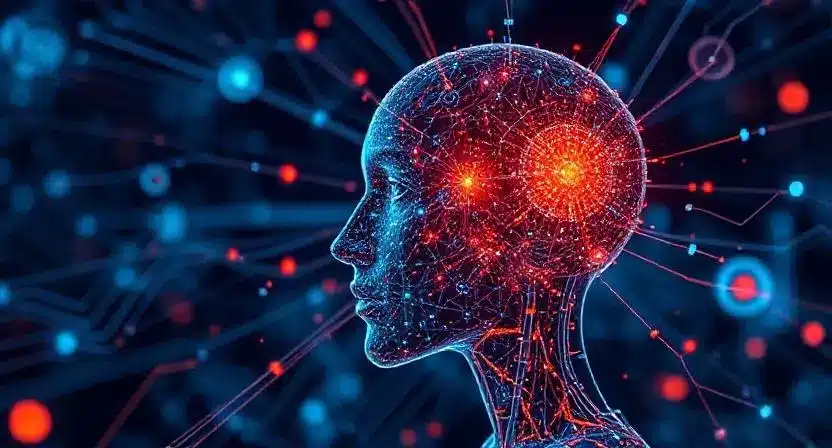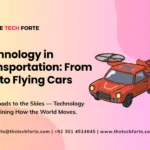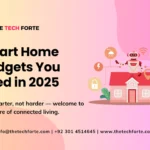The Rise of AI-Generated Music and Art

The last decade has seen AI-generated music and AI-generated art rise from experimental curiosities to global creative forces. Powered by artificial intelligence in music and art, technologies like neural networks, machine learning models, and generative algorithms are reshaping how humans compose, paint, and imagine.
The rise of AI music and AI art generation has sparked both excitement and concern across the creative world. While these innovations open up limitless possibilities, they also challenge traditional ideas of authorship, authenticity, and emotional depth. The question isn’t whether AI will transform the creative industries — it’s how fast, and to what extent.
How AI Generates Music and Art: The Science Behind the Creativity
AI Music Composition: Algorithms That Understand Sound
AI music generators like AIVA, Amper Music, and Suno AI music generator use deep learning in audio processing to analyze thousands of existing songs, learning structures, rhythms, and chord progressions. Once trained, these systems can generate original compositions across genres — from classical symphonies to electronic beats.
Neural networks in music enable these systems to identify emotional tones, predict harmonies, and even replicate specific artist styles. What makes these AI music tools revolutionary is their ability to “compose” within seconds — a process that traditionally took human musicians hours or days.
AI Art Generation: From Brushstrokes to Code
Similarly, AI art creators like Midjourney, DALL·E, and Stable Diffusion use deep learning in creative design and neural style transfer to produce stunning digital visuals. By processing millions of images, the algorithms learn textures, lighting, and artistic techniques — allowing them to create entirely new AI-generated visuals that feel strikingly human.
This data-driven creativity doesn’t just replicate existing works; it synthesizes new styles that never existed before. For example, combining Van Gogh’s brushwork with futuristic cyberpunk themes has become a common experiment in generative art.
The Impact of AI on the Creative Industries
AI in Music Production and Sound Design
The AI music production software market has exploded, helping producers automate mastering, mixing, and melody creation. AI music systems like Boomy and Soundful enable anyone — even non-musicians — to generate tracks by simply describing a mood or style.
This democratization of music creation has made the process more inclusive but also raised concerns among professional artists. Many fear AI composers may flood streaming platforms, making it harder for authentic human voices to stand out.
AI Art in the Digital and Visual Arts Industry
In the visual arts, AI visual art tools are helping designers, illustrators, and game developers prototype faster. Companies are now using AI art platforms to generate marketing visuals, concept art, and product mockups.
At the same time, AI in creative industries is challenging traditional notions of ownership. If a prompt-based image wins an art contest, should the credit go to the machine, the human prompter, or the algorithm’s creator?
Human-AI Collaboration: The Future of Creativity
Beyond Replacement — Toward Partnership
Rather than viewing AI art and music generators as replacements, many creatives see them as collaborators. Artists use AI as a co-creator to brainstorm new styles or break creative blocks, while musicians experiment with AI-assisted melody generation to discover novel harmonies.
This human-AI collaboration in art marks a shift toward computational creativity, where machines handle technical aspects and humans focus on storytelling, emotion, and meaning.
As one music producer from Brandtrack’s report stated, “AI doesn’t take away creativity — it gives it a new canvas.”
Ethical Concerns and Legal Challenges
Copyright and Authorship Issues
As highlighted in the Rolling Stone Council article, viral examples of AI deepfake vocals — like songs mimicking famous singers — have raised massive legal questions. Who owns an AI-generated song using a celebrity’s cloned voice?
AI-generated art copyright issues are even more complex. Since most AI art generation tools are trained on public datasets scraped from the internet, many human artists claim their work is being used without consent or compensation.
Governments and platforms are now debating whether AI-generated content should be labeled, licensed, or even taxed differently.
Ethics and Authenticity
The rise of AI art has sparked heated debates about authenticity. Can an algorithm truly express emotion? Critics argue that AI in music lacks soul, while supporters claim emotional resonance comes from listeners, not creators.
The conversation is also expanding to ethical issues in AI-generated art, where transparency and consent are becoming crucial in creative ecosystems.
Generative AI Tools Transforming Art and Music Creation
Popular AI Art Platforms
- Midjourney – Known for surreal, highly stylized artworks.
- DALL·E 3 – Creates ultra-realistic illustrations from text prompts.
- Stable Diffusion – Open-source tool allowing infinite customization.
- Runway ML – Enables video creators to use AI for animation and design.
These tools represent the digital transformation of creative industries, allowing visual artists to iterate at unprecedented speeds.
Leading AI Music Systems
- AIVA – One of the first AI composers, used in games and film scoring.
- Amper Music – Focuses on royalty-free, customizable soundtracks.
- Soundful & Boomy – Cloud-based AI music generators for quick track creation.
- Suno AI Music Generator Free – Allows users to create short songs from text prompts with no sign-up required.
Such tools redefine music production AI, blurring lines between musician, engineer, and coder.
The Role of Machine Learning in Creative Innovation
Deep Learning and Neural Networks in Art and Music
At the heart of AI-generated music and art lies machine learning in creative industries. Models like GPT, Diffusion Networks, and Transformer-based architectures process enormous datasets to “learn” how humans create.
Through deep learning in creative design, systems mimic complex features like rhythm, color harmony, and emotional tone. This has led to algorithmic creativity, where machines simulate the decision-making process of human artists — sometimes even surprising their creators.
Data and Creativity: The New Fuel of Imagination
AI’s creative potential grows with data diversity. Each dataset — from symphonies to photography — becomes a new “palette” for machines. The more varied the input, the richer the output. This data-driven creativity represents a paradigm shift from intuition-based art to insight-driven artistry.
AI in Media and Entertainment: Expanding the Ecosystem
The entertainment industry is already leveraging AI in media and entertainment to boost engagement and personalization. Platforms like Spotify use AI music recommendation algorithms to tailor playlists, while Netflix experiments with AI-generated visuals for personalized cover art.
In advertising, creative AI applications generate dynamic campaigns based on audience emotions, bridging art, psychology, and technology. As AI continues to integrate across disciplines, creative automation will become standard practice in global content production.
AI vs Human Creativity: Competition or Collaboration?
Some artists fear that AI composers and AI artists could replace human creativity, but history suggests otherwise. Just as photography didn’t kill painting, AI creativity won’t end artistry — it will evolve it.
The most successful creators will be those who collaborate with AI to amplify their unique human touch. Emotional nuance, storytelling, and lived experience remain elements that no algorithm can replicate.
This synergy defines the next era of synthetic art forms — hybrid works blending human imagination and algorithmic intelligence.
The Future of AI in Art and Music
Emerging Trends in 2025 and Beyond
By 2025, generative AI in art and AI music composition will transition from novelty to mainstream production tools. Expect to see:
- AI-assisted live performances, where musicians jam alongside real-time AI improvisation.
- Interactive digital art installations powered by generative neural networks.
- Blockchain integration ensures transparency and ownership of AI-generated art.
- Personalized soundtracks crafted for every listener using smart algorithms.
This evolution represents not a replacement of artistry but an enhancement of human expression through technology.
Frequently Asked Questions (FAQs) about AI-Generated Music and Art
How does AI create music and art?
AI uses machine learning and neural networks to analyze large datasets of songs and images. It learns patterns, melodies, and visual styles, allowing it to generate new compositions or artworks. Tools like AIVA and Midjourney utilize this data to generate original pieces that mimic human creativity while incorporating unique algorithmic variations.
What are the best AI tools for generating music and artwork?
Some of the best AI music generators include Amper Music, AIVA, Boomy, and Suno AI Music Generator Free. For AI art creators, popular platforms are Midjourney, DALL·E, Stable Diffusion, and Runway ML. Each tool offers different levels of control, creativity, and realism depending on user experience and artistic goals.
How is AI transforming the creative process for artists and musicians?
AI is becoming a creative collaborator. Instead of replacing humans, it assists in ideation, composition, and production. Artists use AI art generation tools for inspiration, while musicians rely on AI music composition software to explore new harmonies and genres. This shift enables creators to focus more on storytelling, emotion, and innovation.
What are some examples of AI-generated music and visual art?
AI-generated music has appeared in films, advertisements, and even concerts. AIVA composes symphonic pieces, while Amper Music creates background scores for YouTube videos. On the visual side, AI-generated art has won digital art competitions and been sold as NFTs. Projects using DALL·E and Midjourney demonstrate how AI-generated visuals blend realism and imagination.
What ethical issues surround AI-generated art and music?
The most pressing ethical concerns include copyright, authorship, and data consent. Since many AI models train on existing artworks or recordings, questions arise about originality and ownership. Artists argue for clearer guidelines and fair compensation when their work is used to train AI art and music generators.
Conclusion: The New Renaissance of Algorithmic Creativity
The rise of AI-generated music and art is the dawn of a new creative renaissance. From AI music production software to digital art generators, artificial intelligence is expanding the boundaries of what’s possible in sound and vision.
While ethical challenges and copyright debates continue, one thing is clear: the fusion of human emotion and machine intelligence will define creativity in the decades to come. Artists who learn to collaborate with AI, rather than fear it, will lead this new age of innovation.
In this brave new world of AI creativity, imagination is no longer confined by human hands — it’s powered by code, driven by data, and limited only by curiosity.


